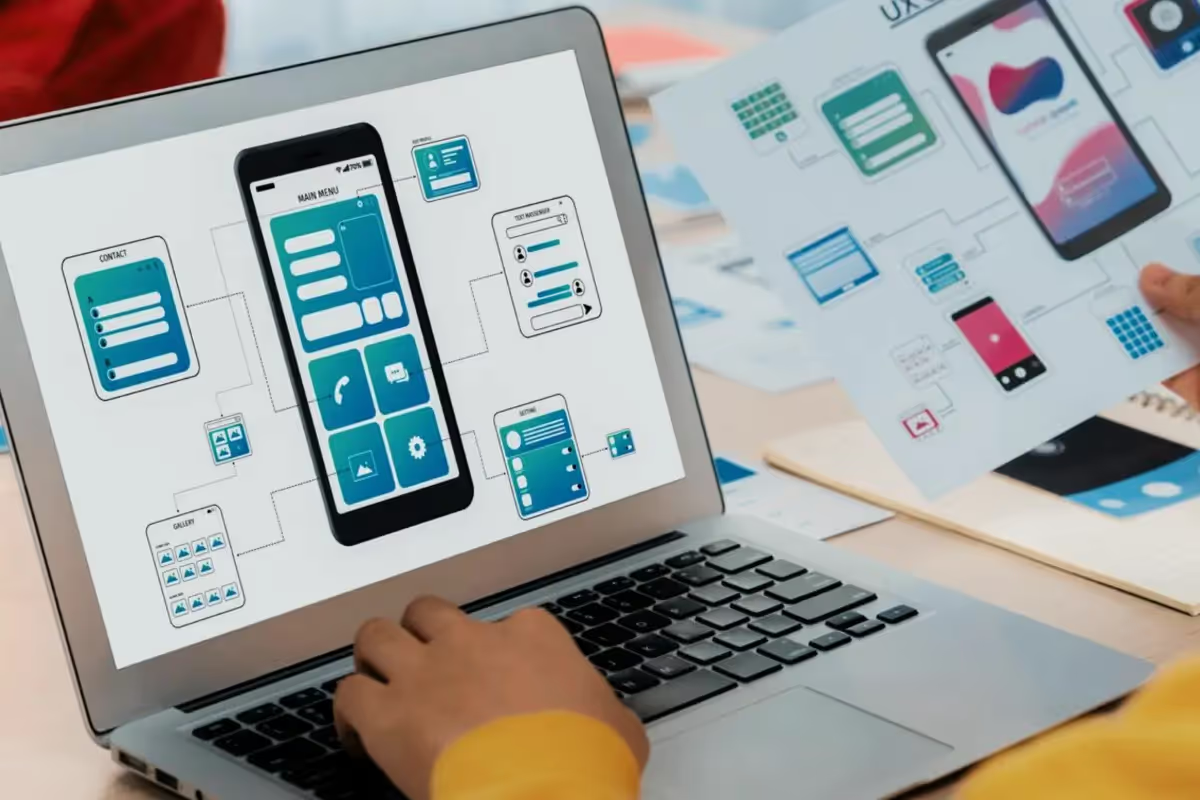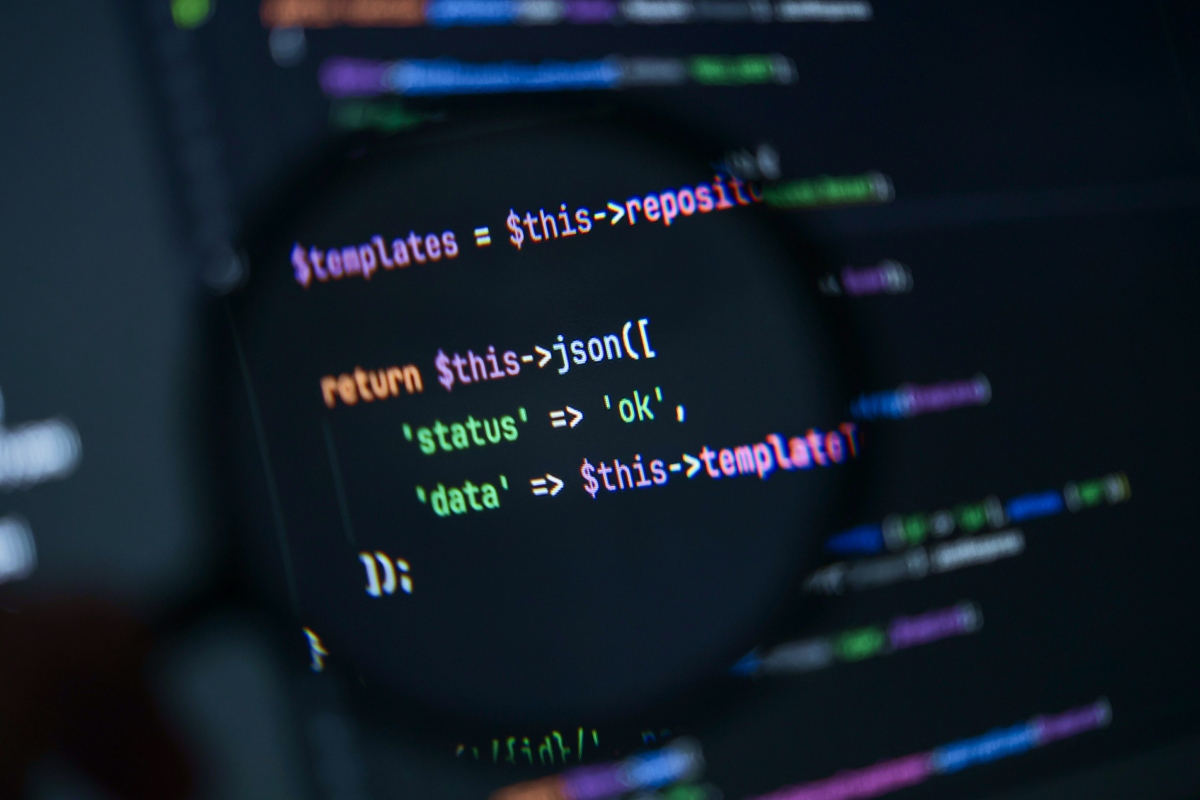It is no secret for an average user these days that almost every app on their home screen uses location-based functionality. However, when it comes to developing location-based apps, things do not look that simple. In location-based app development, startup cofounders face similar concerns:
- What’s the process of location-based app development?
- Which map provider to choose for a location-based app?
- When to use location-based technology for your app?
As a product manager, I have numerously taken part in location-based app development, many of which directly or indirectly use location-based technology. So If you are struggling with the same questions, I am here to help you figure out these things.
What Exactly Do We Call “Location-Based Apps?”
When we say a location-based app, the first examples that come to mind are Uber, Foursquare, or other apps, where location-based functions are at the core of the app's functionality. However, the realm of location-based apps is much broader than that. But we get there, let’s look at the generic definition of location-based apps.
The location-based app is a mobile or web app that tracks the location of the device at the moment. To do that, such apps use GPS, mobile data or WIFI. Such functionalities help companies and startups create convenient services for users.

Some Market Insights
Technologies evolve at an astronomical pace, and more and more services use geolocation for better client service. In 2020 the US market of location-based services was valued at $36.35 billion. Moreover, this number is expected to reach $318.64 billion in 2030.
All analytics make one thing clear – the demand for location-based services will grow, and in the upcoming years, more and more startups will tap into location-based app development.
.jpeg)
4 Types of Location-Based Apps
So what kind of apps use location-based technology? There are many of them. But I will list the main ones.
Delivery and navigation apps
Delivery apps are probably the most obvious example of a location-based apps. For example, taxi apps usually use geolocation to find the driver nearby. Moreover, when the car arrives, the user can see where the car had parked and track the route during the trip.
Examples: Uber, Lyft.
Social networks
A less obvious example of a location-based app will be a social media app. Remember this moment when you sign in to an Instagram account, and a notification pops up, asking if the app could use your geolocation? This is precisely what makes it location-based.
Of course, in the case of developing social apps, geolocation usage is optional. However, using the location data, the app can recommend likable content.
For example, in TikTok, depending on the user’s geolocation, the app decides whether to show a video or not. Imagine that a user publishes a video in Spain but wants it to be seen in the US. So firstly, this video has to get on top of the most popular videos in Spain to be viewed in the US.
Examples: TikTok, Facebook, Instagram, Snapchat, Yelp, Foursquare
Marketplaces
In marketplace apps, users always want to know how much time the delivery will take. For calculating the approximate delivery time, marketplace apps use API interfaces, tracking the user’s and buyer’s geolocation.
Besides that, marketplaces can adapt the search results to users’ preferences according to their location. For example, in Ukraine the search engine will give users different sneakers, than in the US.
Examples: Amazon, eBay.
Dating Apps
To help users find a match, the app should identify in which city the user is. Usually, dating apps ask users to share their geolocation and then place the district where their potential partners can be.
Examples: Tinder, Bumble, Hinge, Pure.
Fitness Apps
Geolocation features can be a great add functionality for fitness apps, that help users with their jogging routine. Many location-based fitness apps are synced with fitness trackers, allowing the jogger to monitor their routes via mobile apps. The map data for such apps is collected from satellites.
Examples: Nike Run Club, Map My Run.
Benefits of Location-Based App Development for Business
Apps use the geolocation function for many purposes besides building routes only. Knowing users’ geolocation, you can provide a better service for them or promote your product in the media. So here are some of the non-obvious ways how you can make your users’ lives better with location-finding functionality.

Communication with Clients
Businesses can use geolocation as an additional channel of communication with users. For example, putting places on the map, reading other people’s reviews. This way, you can better adapt to the changing preferences of your audience.
Better Shopping Routines
For instance, you have developed a service for sneakerheads, which sends notifications when the sneakers are on sale. To make sure users from different countries are notified according to their timezone, you need to know their geolocation.
Virtual Tours
Businesses can use geolocation to provide virtual tours for users. For example, Yaza, a video-sharing app for realtors, integrates the mapping function to allow users to see the video tours of potential apartments while searching for them on the map.
Precise Locating
I think you have noticed that apps like Uber and Lyft can identify your location once you've made a request. Samely, they can identify the location of the nearest drivers and match them with your request. The most surprising thing is that this matching happens in less than 1 minute (well, almost always). And that, again, is also thanks to geolocation functions, in particular GPS.
How to Make a Location-Based App: Step-by-Step Guide
‘How to develop a location-based app? “ – one of the most widespread questions I hear from clients. I would say that location-based app development does not differ much from the development of other apps. However, there are some moments that should be taken into account.
Step 1. Discovery Stage
Discovery is the most critical stage in app development, especially when it comes to startups. This is the stage where we find out your target audience, their problems, and their needs. During the discovery phase, we test the idea to find out if:
- If there is the market niche for a product or service;
- If there is a real users’ need matching your idea;
- If the idea of developing your app is worth
The main goal of this stage is to confirm (or dissipate) the assumptions related to the app via user tests and interviews. The feedback from these procedures can be valuable material from improvement and iterating the app.
Step 2. Choosing the map provider & tech stack
Whether it is a food delivery or a dating app, the main characteristic of a location-based app stays the same. I am talking about map integration. The mapping functionality helps users build routes, find their destination points, calculate the arrival time, etc.
Besides that, it is helpful, this is also a highly complex functionality. Luckily, in location-based app development, you do not have to create an app from scratch. Instead, you can integrate an existing mapping template from a map provider of your choice. So here are the most popular map app providers:
- Google Maps.
The most widely used mapping choice that comes to mind is Google App. It is easy to integrate and reliable service for location-based apps. The distinguishing feature of Google Maps is that it has all of Google's APIs combined in Maps, Routes, and Places, and thus achieves the most detailed mapping among mapping apps.
Despite its apparent advantages, the usage of Google Maps can be challenging. The thing is, the limit of APIs available per month is 28 000. So small companies can get by with such limitations. But when the number of customers grows, the price for Google Maps services can soar significantly.

- Mapbox
Another choice among location-based app developers is Mapbox. Unlike Google Maps, which uses its data, Mapbox relies on OpenStreetMaps and crowd-sourced geographical data. By the way, OpenStreetMap is an adjustable system. It means developers can edit it and add new markers, lines, and polylines from external sources. Mapbox is a popular choice among logistics companies like DHL, Grubhub, Instacart.

Step 3. Creating design prototypes and user testing
Before bringing your app into reality in the development stage, you need to visualize it. Design prototypes are a great way to do it. Simply put, a prototype is a sketch of the future app’s design used for testing with users. Prototypes can be paper or digital, depending on the type of testing. Such user tests help to understand if the design is intuitive and users have no trouble moving along the user flow and achieving their goals.
Step 4. Choose MVP Features
MVP is an abbreviation for “Minimum Viable Product.” MVP development stage helps to test an idea and receive feedback from potential users.
MVP is a basic version of the product. Yet, it is not a “raw” or non-functioning solution. Instead, this app has the product’s basic functionality and enables the user to achieve its goal (maybe in a simplified or more complicated way). Usually, an MVP helps to find out if the product is worth creating or not. Thus, it can save you much development time and effort.
If you doubt which functions should be included in your MVP, consult your development partner. Uptech team always consults its clients on the best possible version of an MVP within a given budget, period, and business needs.

Step 5. Developing a full-fledge location-based app
Once the idea is validated and all the tech requirements are set up, it is time to go on to the location-based app development stage.
At Uptech, we adhere to Agile software development, where it is common to divide the development process into small parts (sprints), about two weeks each. During the sprints, engineers build the front-end and back-end parts of the functionality, and QA engineers test your product to find bugs.
In the startup environment, quality and speed of development should go hand in hand. For that, you need a team of both flexible and experienced developers who write quality code and make decisions fast. So take a while and choose the development team wisely. We have shared some of our tips about hiring developers for your startups in our article How To Hire Developers For Startups - A Definitive Guide.
Step 6. Final version and maintenance
So once the development is over, it is time to launch the app. However, this is not the endpoint. It usually happens that apps also need technical support after the launch. For example, Apple and Google may launch new requirements for iOS and Android apps. In such a case, you will have to update the solution and fix the bugs.
How Uptech Can Help Build a Location-based App
As a Product Manager, I managed the development of a location-based app, Yaza – a video-sharing app for realtors, allowing users to see virtual tours in apartments.
.jpeg)
However, this is the positioning that we arrived at after numerous iterations of the product and testing it with users. Initially, the idea of the app was a social media app that would allow users to share their pictures while “pinning” them on the map.
But we decided not to take the idea for granted. We explored the market, examined our competitors, investigated the niche, and talked to the users. And this is where the biggest revelation came to us.
At some point in the discovery stage, we realized that we had been targeting the wrong user. Numerous user tests made one thing clear to us – the idea of a video-sharing app targeted a narrower bound of users—particularly, real estate agents.
So we pivoted. We completely changed the app’s positioning to a real estate app. And when the product was launched, it gained its results pretty soon. Yaza got a 4.6 rating on the App Store.
.png)
Location-Based App Development Technologies
To develop a location-based app, you need geolocation technologies that can help you along the way. So here are the most widespread geolocation technologies for location-based app development.
Outdoor Geolocation Technologies
Outdoor geolocation technologies are various technologies and approaches used to detect and track the exact location of people and objects in an outdoor environment. These technologies leverage such sensors as signals, and satellite systems, which help provide accurate positioning information. Here are the most widespread outdoor information technologies:
- GPS (Global Positioning System) - a popular localization technology using satellite signals to detect the accurate Positioning of the object. All smartphones feature built-in GPS chips, which allows for access to the GPS;
- Cellular Positioning: powered by the signals from nearby cellular networks, mobile devices can also indicate the geolocation of some objects;
- Assisted GPS (A-GPS): a blend of GPS technology with Cell IDs, which makes for a more accurate and efficient geolocalization;
- WPS (Wi-Fi Positioning System): the positioning system utilizes Wi-Fi networks for location determination.

Indoor Geolocation Technologies
Now, let’s look at the indoor geolocation technologies that can be used in location-based app development.
- Geofencing. Geofencing is powered by GPS, which helps to detect the user’s location at a particular time. With numerous use cases available, geofencing is gaining more and more traction in location-based app development.
- BLE-based technologies. Eddystone and iBeacon are the technologies developed by Apple and Google for accurate user location detection.

Conclusion
There are many factors to consider before location-based app development, like the suitable map provider or tech stack. However, the uniting feature for all these types is map integration. And here, you also have options like Google Maps or MapBox.
So if you wonder, which tech instruments could suit your project, contact our sales manager, and we will discuss your startup idea.























































































.avif)












